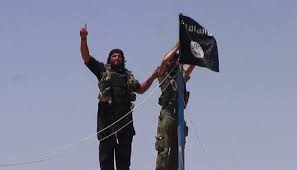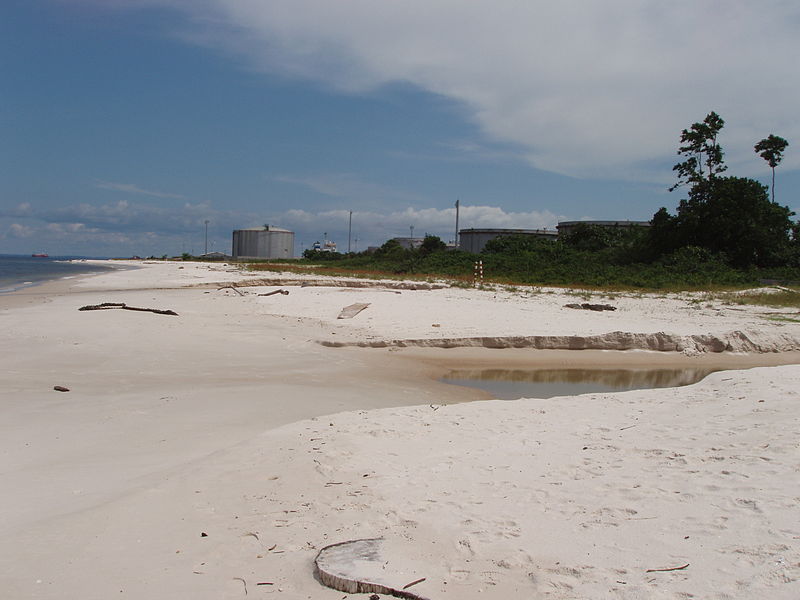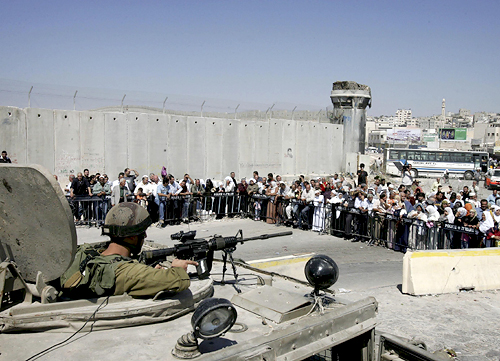Despite strong words from Canadian politicians about recent developments in Iraq and Syria concerning the terrorist group known variously as Islamic State [in Iraq and Syria/in Iraq and the Levant] (IS), Canada has long been aloof from developments and slow to respond. While other countries have already engaged in combat with IS and transferred armaments to forces fighting IS, Canada is just completing the deployment of a small contingent of special forces on an advisory mission, and engaging in political debate on further action. While some in Canada may feel pressured to join the international coalition in its endeavours against IS, it would be most prudent for Canada to leverage its resources to provide the coalition with the most beneficial contribution, but not the most glamorous one.

Beginning August 7, 2014, the United States has military intervened in the IS offensive in northern Iraq in the form of airstrikes. Since then, France has also undertaken airstrikes in Iraq, while other countries have either deployed forces in the region to undertake a potential intervention (Australia) or undertaken support operations (United Kingdom). On September 17, the United States, Qatar, Jordan, Saudi Arabia, Bahrain, and the United Arab Emirates (UAE) began striking IS targets in Syria.
In addition to these efforts, a long list of countries are providing armaments to forces fighting IS and/or providing training assistance to these forces. At present, Canada’s involvement is limited to 69 special forces advisors deployed in Iraq on a short-term mission to assist in the training of government forces. Canada is mulling how else the government should potentially contribute to the international efforts against IS and has asked the United States how it could contribute to the intervention.
The federal cabinet is reported to be meeting next week to discuss deploying a number of CF-18 fighter jets to participate in airstrikes against IS. Canada presently has four CF-18s deployed as part of Operation REASSURANCE in Lithuania to reassure NATO allies in light of recent events in Ukraine. While such a (re)deployment would be highly symbolic, it would come at the cost of a politically sensitive deployment in Europe and is not the optimal Canadian contribution.
With respect to Syria, the United States has substantial airpower presence in the theatre, a force further bolstered by small contingents of aircraft from five Arab states in the region. It should be noted however, that the Arab states currently conducting airstrikes in Syria collectively have a larger number of sophisticated combat aircraft than all American combat aircraft in the theatre combined. With respect to Iraq, France, the United Kingdom (non-combat only) the United States (to be joined by the Netherlands and potentially Belgium) are already providing air support against IS. In addition, Australia has deployed a number of F-18s to the UAE for operations in Iraq. In other words, there is no lack of combat aircraft ready to carry out airstrikes against IS. As such, Canada should try to contribute in other ways.
What forces on the ground in Syria and Iraq really need are armaments and training. While any potential Canadian involvement in Syria is likely to be limited to airstrikes due to political considerations, there is more room to maneuver in Iraq. Canadian CC-177, C-130, and CC-150 transports can be used to transfer armaments being donated and/or sold by NATO allies, such as Germany and the Czech Republic, to forces in Iraq. Canada can provide tanker support to aircraft in the form of a CC-150 MRTT or deploy CP-140 Aurora maritime patrol aircraft for use in overland intelligence, surveillance, and reconnaissance (ISR), as they were over Libya in 2011.

In addition, the special forces training mission can be bolstered by conventional forces to undertake a new, longer-term mission (the current one is limited to 30 days in duration) to train Iraqi government and Kurdish regional government forces to combat IS. As IS can only be defeated on the ground, it would be prudent to help ensure the forces undertaking that task are capable of succeeding, particularly given IS’ relative ease of advance. In addition, Canada can help combat IS through intelligence support done by personnel and equipment located in Canada (and potentially abroad as well). Keeping in mind that the crisis in Iraq will leave lasting effects, training programs for Iraqi government and Kurdish regional government military and police forces would be a sensible investment into the future.
Unfortunately, Canada has few other relatively low-risk capabilities to deploy to fight IS in Iraq and, potentially, Syria. The Royal Canadian Air Force retired its leased Heron unmanned aerial vehicles (UAVs) in 2011 and it lacks dedicated signals intelligence capability. Additionally, the RCAF does not have Airborne Warning and Control System (AWACS) aircraft, or attack helicopters. The Royal Canadian Navy is inherently expeditionary but lacks the ability to project power inland through aircraft deployed munitions of ship-launched cruise missiles. These shortcomings were on display during Canada’s intervention in Libya in 2011, but have not yet been remedied for a variety of reasons.
Canada wants to get involved in fighting the terrorist group IS in Iraq and, potentially, in Syria beyond its small deployment of special forces advisors to Iraq. While well intentioned, deploying a small number of CF-18 fighter aircraft from Canada or from Canada’s deployed aircraft in Lithuania is not the optimal contribution. There is no shortage of coalition combat aircraft in theatre ready to strike IS. Canada should leverage its other capabilities, such as air transport, special forces training, airborne intelligence gathering, and aerial refueling to help the international coalition fighting IS. While such a contribution is not as glamorous and headline grabbing as deploying fighter jets that bomb IS positions, it helps ensure that those already fighting IS from the air and on the ground do not do so in vain.




